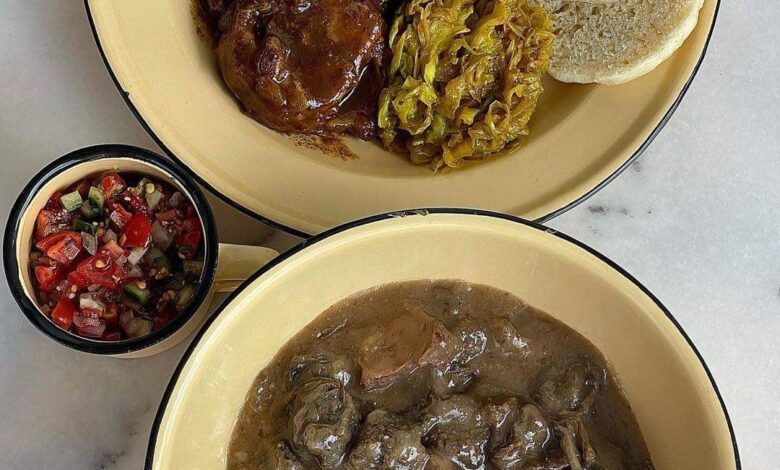What to Look Out For When Experiencing Traditional Basotho Cuisine

Basotho cuisine, rooted in the rich traditions of the Basotho people of Lesotho, offers a unique culinary experience characterized by hearty flavors and cultural significance. Here are key elements to look out for when experiencing traditional Basotho cuisine:
1. Staple Foods:
Basotho cuisine centers around staple foods such as pap (maize porridge) or mabele (sorghum porridge), which form the foundation of many meals. These are often served with various meats, vegetables, and sauces.
2. Meat Dishes:
Beef and mutton are prominently featured in Basotho cuisine, reflecting the pastoral heritage of the Basotho people. Sechu (beef stew) and shai (mutton stew) are popular dishes, often slow-cooked with spices and served with pap or rice.
3. Vegetables and Greens:
Moroho (cooked greens such as spinach or Swiss chard) are essential accompaniments to meals, providing a balance to the richness of meat dishes. These greens are often flavored with onion, garlic, and sometimes peanuts.
4. Sauces and Relishes:
Seswaa is a traditional sauce made from shredded beef or lamb, slow-cooked until tender and served with pap. It’s known for its savory flavors and is a favorite among Basotho households.
5. Bread and Baked Goods:
Mokoenya (traditional bread) and makoenya (fried bread dough) are enjoyed as snacks or alongside meals. These breads are simple yet delicious, often served with tea or as part of celebratory feasts.
6. Beverages:
Mageu (fermented maize drink) and sorghum beer are traditional beverages enjoyed during social gatherings and ceremonies. They offer a taste of Basotho hospitality and cultural identity.
7. Desserts and Sweets:
Makoenya can also be enjoyed with a sweet twist by sprinkling sugar or drizzling with honey. Alternatively, peachy fruit salad offers a refreshing end to a meal.
8. Dining Etiquette:
When experiencing Basotho cuisine, it’s respectful to eat with your right hand, as the left hand is traditionally considered unclean. Sharing meals is a communal affair, emphasizing unity and hospitality.
9. Cultural Significance:
Basotho cuisine reflects the country’s agricultural traditions and close-knit community values. Meals often bring families and friends together, celebrating both everyday life and special occasions.
10. Where to Experience Basotho Cuisine:
Visitors to Lesotho can experience traditional Basotho cuisine at local restaurants, guesthouses, and during cultural events such as festivals or village visits. Engaging with local communities provides an authentic glimpse into Basotho culinary heritage.
Exploring Basotho cuisine offers not only a journey into flavors but also a deeper understanding of Lesotho’s culture and history. Whether enjoying a hearty meal of pap and sechu or savoring a sweet makoenya, each dish tells a story of tradition, resilience, and community spirit.
Join 'Lesotho News' WhatsApp Channel
Get breaking Lesotho news — delivered directly to your WhatsApp.
CLICK HERE TO JOIN



